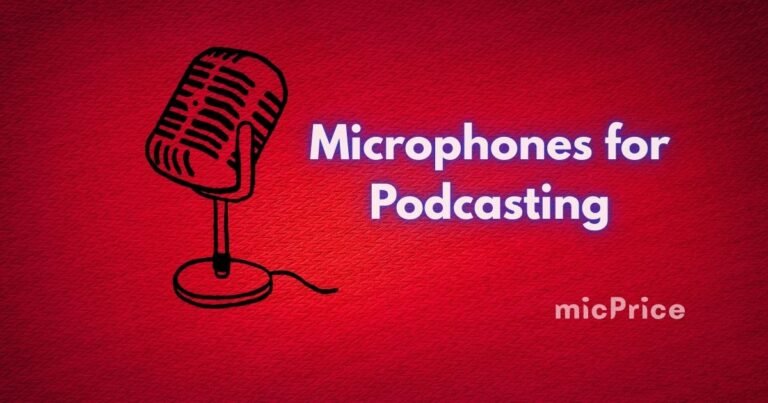Best Collar Mics for Smartphones In India
Have you ever recorded something on your phone – maybe a vlog, a quick client testimonial, or even a random idea for your next big project – only to play it back and hear… well, nothing but echo, traffic noise, and that strange whirring hum you can never locate?
Yeah, I’ve been there too.
I remember sitting at a bustling café in Pune, recording a mini-podcast intro on my smartphone because inspiration struck right then and there. But when I played it back later that night, I realised the music, coffee grinder, and distant conversations had practically swallowed my voice whole.
That was my first lesson in why collar mics for smartphones aren’t optional if you care about audio clarity. They’re essential. And today, I want to break it down for you – from real-life usage to technical tidbits – so you don’t waste time, money, or your sanity figuring it out yourself.
Here’s what we’ll cover:
- What exactly is a collar mic for smartphone? (And why should you care?)
- The raw truth: My personal experience with different collar mics
- Types of collar mics – wired vs wireless (and when each shines)
- What specs actually matter? Don’t fall for the marketing fluff
- My top recommendations (real talk, no sponsored nonsense)
- Tips to get crisp, professional audio (even in noisy environments)
- Common mistakes people make (I’ve made them too…)
- Final thoughts and my go-to collar mic choice
Ready? Let’s get your audio sorted.
Contents
What Exactly Is a Collar Mic for a Smartphone?
Here’s the thing. A collar mic, also called a lavalier mic or lapel mic, is a small clip-on microphone you attach to your shirt collar or lapel near your mouth.
In my professional experience, especially shooting on-location content, interviews, quick reels, or online courses, a collar mic makes your audio sound 10x clearer compared to your phone’s built-in mic. Think about it – your phone mic picks up everything. Fans. AC. Traffic. That random dog barking two streets away. Whereas a collar mic focuses on your voice because it’s closer to your mouth.
But wait, there’s more to consider, right?
Absolutely. Not all collar mics are created equal. Some give you studio-like sound clarity. Others… well, they make you sound like you’re recording from the bottom of a fish tank.
My Journey With Collar Mics (The Good, The Bad & The Echoey)
I’ll be honest. I was sceptical about collar mics initially. “Why spend extra when my smartphone’s mic is already decent?” I thought.
First, I tried a cheap ₹299 generic collar mic from a local store. It looked cool. The packaging said “professional sound quality.” Reality? It hissed so much that it sounded like a snake was guest-starring in my video. Learned the hard way.
Next, I invested in the Boya BY-M1. Game changer. For under ₹1000, it transformed my video interviews. Suddenly, my voice sounded fuller, clearer, warmer. I didn’t have to yell over background noise. I clipped it on, recorded, and was done. Minimal editing required.
Then came wireless collar mics, which honestly felt like witchcraft at first. No cables? Freedom to move around while recording Instagram Reels or product demos? Sign me up.
Here’s what I’ve observed using different collar mics:
- Cheap no-brand mics: Unpredictable quality, weird connector issues, static noise.
- Mid-range wired mics (like Boya BY-M1): Reliable, excellent clarity for the price, but cables can be annoying if you move a lot.
- Wireless collar mics (like the Maono WM820 or DJI Mic): Pricier, but absolute freedom, real-time monitoring, and surprisingly stable connectivity even outdoors.
Wired vs Wireless Collar Mics – Which One’s Best For You?
Let me tell you what I wish someone had told me years ago:
Wired Collar Mics
- Pros:
- Budget-friendly (₹500–₹1500 for good quality)
- No battery needed (most draw power from the phone)
- Reliable connection – no signal dropouts
- Budget-friendly (₹500–₹1500 for good quality)
- Cons:
- Cables restrict movement
- Can’t tangle easily, especially when shooting on the go
- Adapters are needed for some modern phones without 3.5mm jacks
- Cables restrict movement
Wireless Collar Mics
- Pros:
- Complete freedom of movement (great for trainers, vloggers, or fitness demos)
- No messy cables
- Dual transmitters in some models for interviews
- Complete freedom of movement (great for trainers, vloggers, or fitness demos)
- Cons:
- More expensive (starts around ₹3000 and goes upwards)
- Requires charging
- Potential interference issues in crowded RF environments (though rare with premium models)
- More expensive (starts around ₹3000 and goes upwards)
Speaking of which, if you’re recording static sit-down videos, a wired mic will do wonders. But if you’re like me – moving around during shoots, teaching, or creating energetic reels – wireless is your friend.
Technical Specs – What Matters? (Ignore The Marketing Fluff)
Here’s what I’ve learned after years of mic testing:
Frequency Response: A wider range (say 20Hz-20kHz) captures full voice depth
Signal-to-Noise Ratio (SNR): Higher SNR (>70dB) means cleaner audio with minimal hiss
Connectivity Type: TRRS for smartphones, TRS for cameras (use adapters accordingly)
Battery Life (Wireless): Minimum 4-5 hours for field shoots
Build Quality: Metal clip durability matters more than you think (cheap plastic breaks easily)
Don’t get seduced by phrases like “broadcast-quality” unless you hear real test samples. That’s where YouTube mic comparisons help. Always listen before you buy.
My Top Collar Mic Recommendations (Tested & Trusted)
I don’t do sponsored recommendations. These are mics I’ve personally used or tested with clients.
1. Boya BY-M1
- Type: Wired
- Price: ~₹799
- Why I like it: Excellent clarity for the price, 6m long cable gives flexibility, works with DSLR and smartphones with a switch toggle.
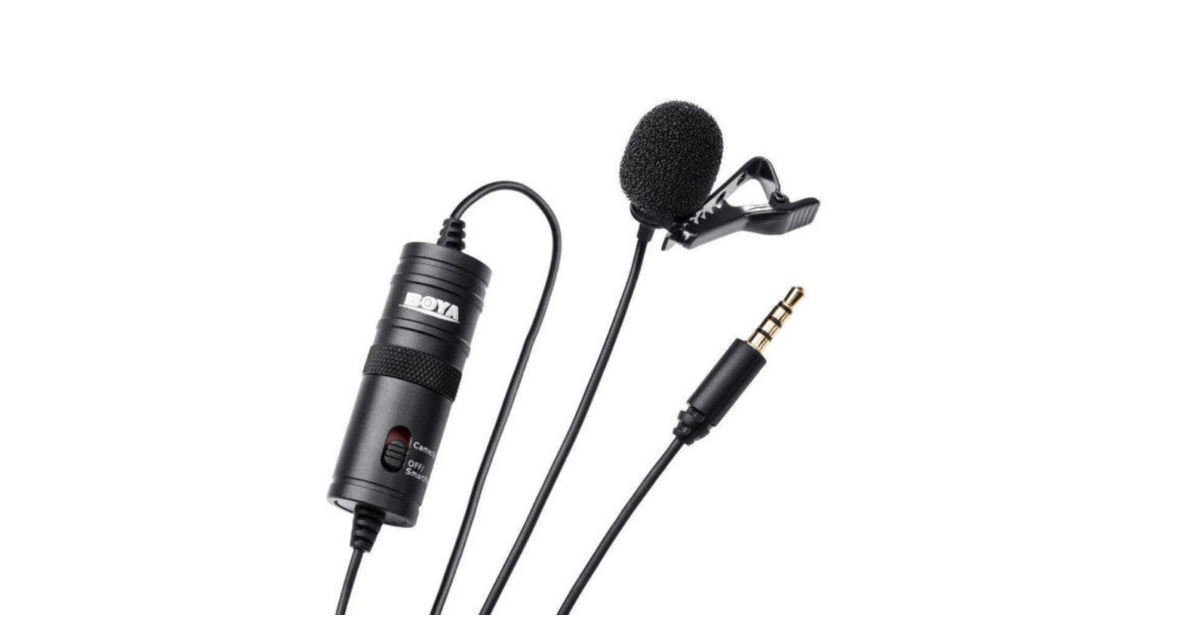
2. Maono AU-WM820
- Type: Wireless
- Price: ~₹5000
- Why I like it: Compact, dual transmitters, good battery life, clear audio with minimal latency.
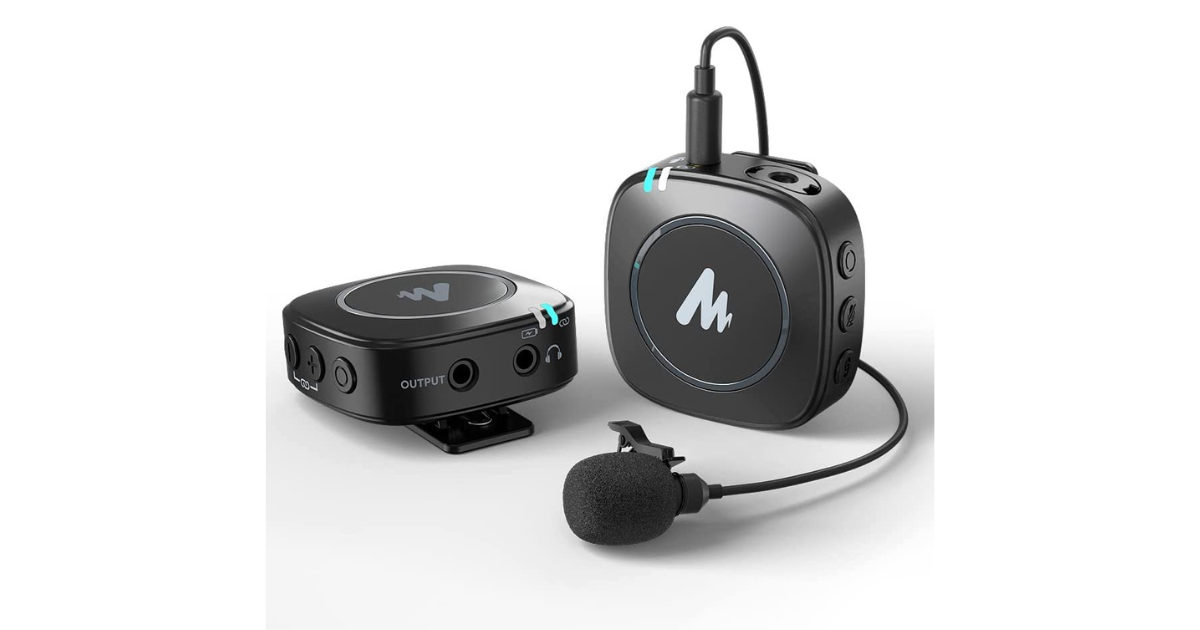
3. DJI Mic
- Type: Wireless premium
- Price: ~₹25,000
- Why I like it: Industry gold standard, built-in recorder on transmitters, unmatched reliability, and impressive range.
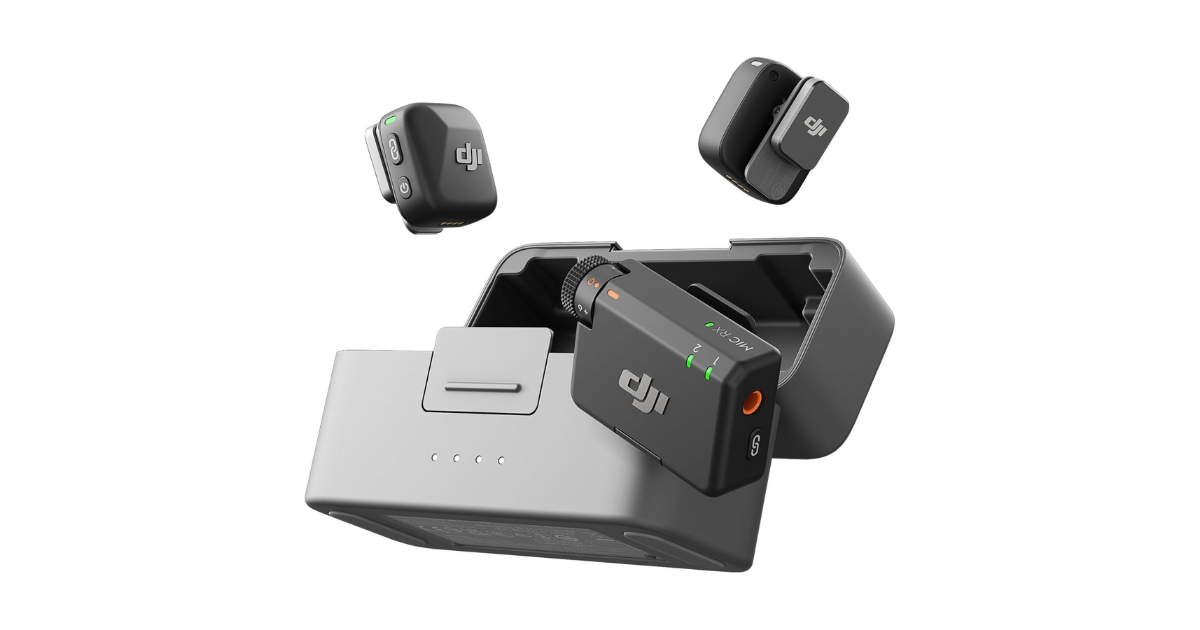
4. Rode SmartLav+
- Type: Wired (premium)
- Price: ~₹6000
- Why I like it: Studio-quality sound, durable Kevlar cable, great if you want professional-grade audio without going wireless.
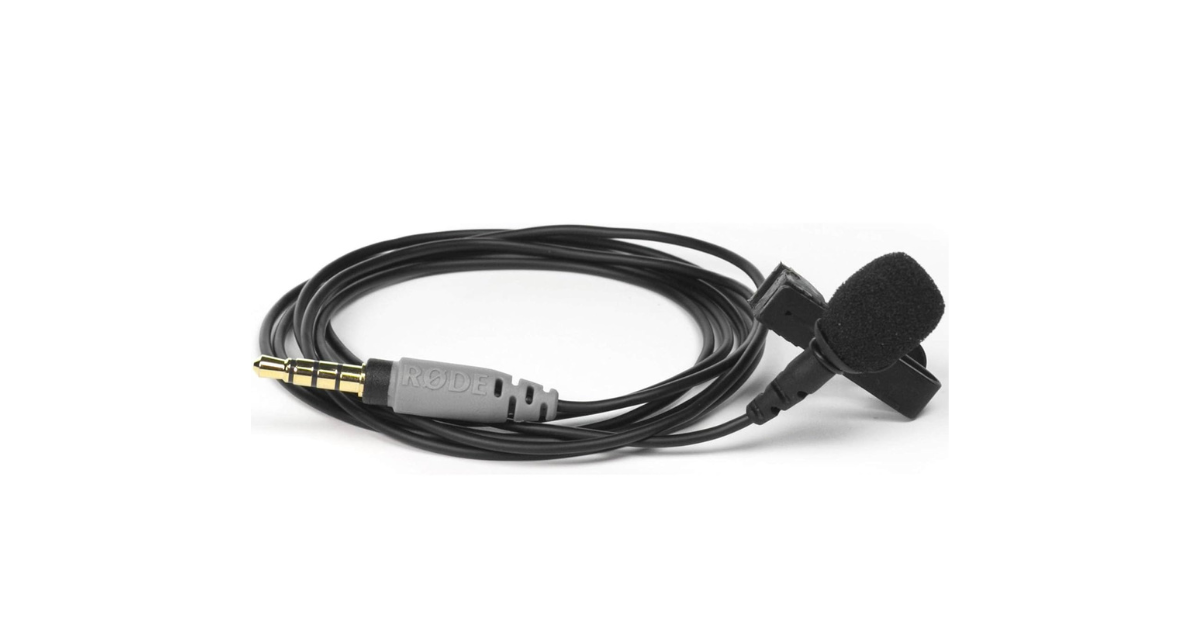
How To Get The Best Audio From Your Collar Mic
Now, here’s where most people mess up. Just buying a good mic isn’t enough.
- Clip placement matters. Keep it 6-8 inches below your mouth, facing out, and avoid rubbing against fabric.
- Monitor your audio levels. Apps like Dolby On or Open Camera let you tweak levels in real time.
- Use windshields outdoors. Even a gentle breeze can ruin your recording.
- Test before you shoot. Always record a 10-second sample to catch unexpected issues.
I learned this the hard way during a client’s promo shoot when my mic battery died mid-recording… but that’s a story for another day.
Common Mistakes I’ve Seen (And Made…)
- Not checking compatibility. TRRS vs TRS confusion leads to silent recordings. Always use the right adapter.
- Ignoring wind noise. Even indoor fans can introduce low rumble. Use foam covers.
- Recording with a phone case covering the port. Sounds silly, but it happens more often than you think.
- Clipping the mic too close to the throat. Causes muffled, bass-heavy audio.
- Not securing cables. On wired mics, if the cable moves or rubs against your clothes, it gets picked up as noise.
Also Read: The Best Wireless Microphones in India: Check it out!
Final Thoughts- My Go-To Collar Mic Choice
Honestly, if you’re starting, Boya BY-M1 gives unbeatable value. But for professional shoots, training videos, or dynamic vlogging, a good wireless setup like Maono WM820 or DJI Mic is worth every rupee.
Audio quality can make or break your content. Viewers might forgive grainy video, but they’ll drop off in seconds if your audio sucks.
So, if you’re serious about content creation, coaching, podcasting, or even casual vlogging, do yourself a favour and grab a decent collar mic for your smartphone.
Speaking of which… what’s been your experience with smartphone mics so far? Have you found any underrated brands worth trying? I’d genuinely love to hear your recommendations – always on the lookout for the next best gear to test.
Let’s keep the conversation going.



